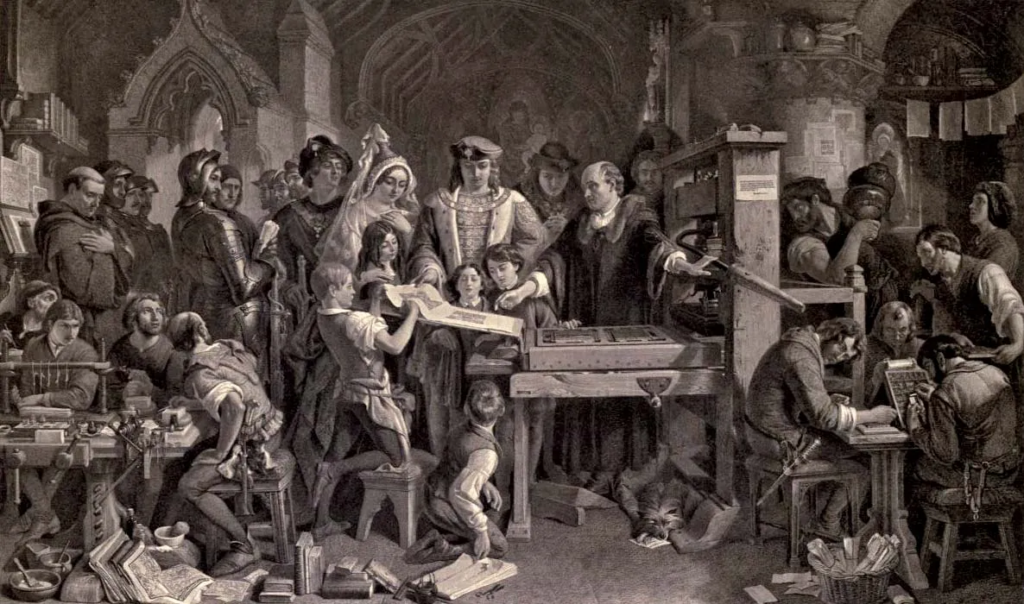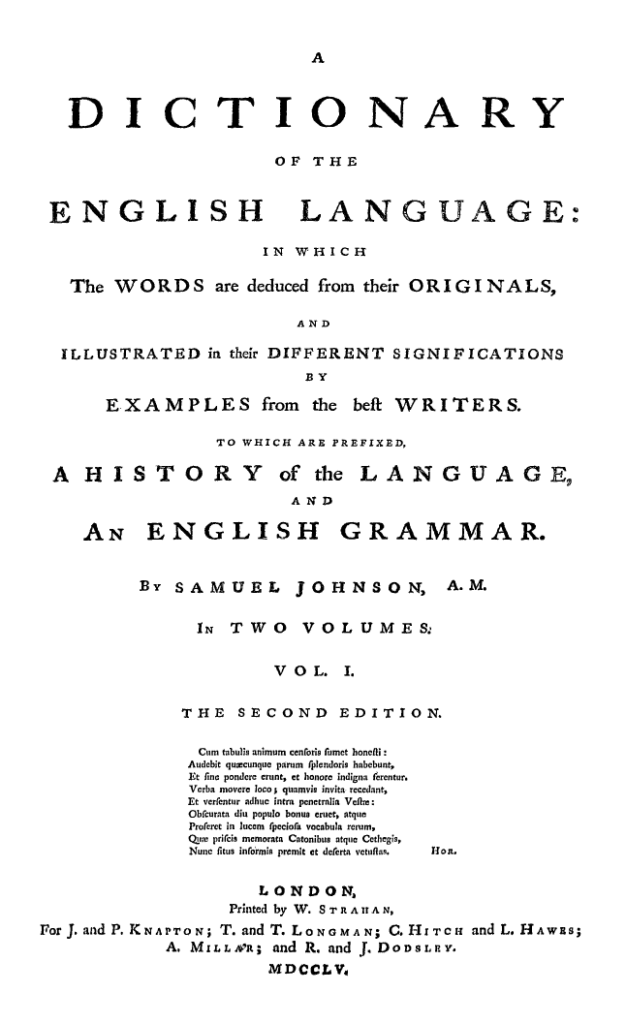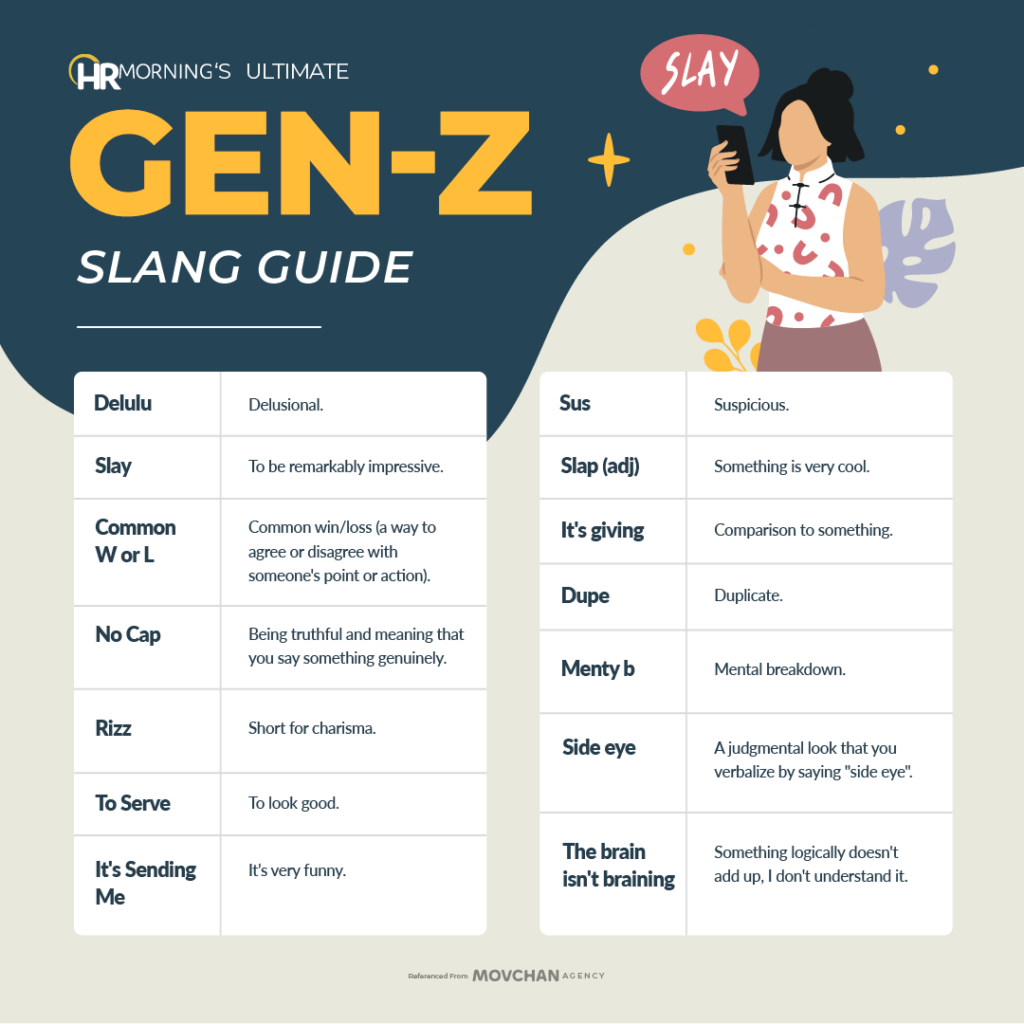Have you ever noticed inconsistencies in English? Does it seem like there are more exceptions to the rules of English than there are rules? Although English seems unpredictable at times, taking a look at the deep history of the language can provide an explanation.
The History of English
Due to the history of English, it is a language that is a conglomerate of others as it gradually developed and was influenced over centuries. A significant proportion of modern English vocabulary and conventions come from Latin and Greek, which were the base languages of Old English. There is also a large portion of English that was influenced by French. Additionally, Spanish and Italian words have been incorporated over the years. This means there are many words that are still used in today’s vocabulary that have characteristics of these other languages, particularly their spellings. Having an understanding of the history and evolution of English can provide clarity when these words seem strange or confusing as they are introduced to students. Using history to make sense of irregular spellings can help ease students’ perception of English being a confusing and inconsistent language. For a full breakdown of the history of English, please explore the sections below:
c. 400 – c. 1000: Old English
Based on Latin and Greek, Olde English was the earliest form of English and used by the Anglo-Saxons in Britain in the early Middle Ages. After the Romans, who forced the use of Latin, left England in 410 AD, Germanic groups that invaded weren’t as concerned with language use. This meant Latin was still used for commerce, government, religion, and education and the language of the different groups that invaded England gradually influenced the language. One influence was from the Scandinavians’ use of patronymics (names including their father’s), personal pronouns (they, them, their), the /sk/ sound, and place names with suffixes.
Initially written in runes, Anglo-Saxon’s moved to the Latin alphabet in the 5 century. Olde English sounds incredibly different from the Modern English we use today. It is a dead language that is hard to learn.

The epic poem Beowulf is an example of Olde English. Vocabulary we still use from Olde English include ones for work (shepherd, plough, and work), numbers (one, two, hundred), body parts (heart, knee), basic sentiments (love, hate), and animals (ox, sheep).
1066 – c. 1400: Middle English
Following the Norman Conquest of England in 1066, the Normans, who spoke Old French, many changes to the language happened, including the introduction of French spellings of existing words and the addition of French loanwords. There were also changes to the order of words spoken.
In 1349, the Bubonic Plague killed an estimated 30%-50% of people which resulted in major social changes. The English spoken by commoners became more important since many of the educated French and Latin speakers died.
Strong regional dialects developed due to the different Germanic groups that conquered the areas of England. Over time, the dialect of London became the dominant language as it was the political and economic center.
By the 1300s, the Great Vowel Shift started. It took about 100 years or so and resulted in changes to vowel sounds. Long vowels gradually moved to a higher tongue position in the mouth. Looking back to works by Geoffrey Chaucer and William Shakespeare, some of their writing doesn’t sound like it rhymes now even though it rhymed based on the pronunciation at the time of it being written. This natural evolution of the language resulted in the sounds we use today.

In 1476, William Caxton introduced his printing press in England. Before the printing press, there weren’t correct spellings, people could spell how they thought it should be, until the printing press started to solidify spellings. It took a long time for the spellings to settle down and the typesetters incorporated some Dutch spelling conventions that they favoured, such as the “h” in ghost. In this manner, the printing press helped to standardize English spelling.
Geoffrey Chaucer’s The Canterbury Tales is one of the most famous works of Middle English. Although many of the vowel sounds have changed, Middle English can be easily read and understood with some practice and help from guides that provide clarification for the parts that heavily contrast Modern English.
Vocabulary words related to illness, medicine, and death were introduced around the time of the plague. There are also many loanwords from Greek that were introduced in this period related to religion, such as disciple, apostle, and psalm. During this period, 10,000+ loanwords were acquired, 31% of them being from French.

c. 1500 – c. 1800: Early Modern English
William Caxton’s printing press marks both the end of Middle English and the start of Early Modern English. It’s a period of time focused on standardization of the English language which led to regional dialects dying out. With people thinking more freely and English-speaking people colonizing North America, a period of prescriptivism begins.
John Dryden (1631-1700), a poet and writer, believed that rules for English should be established and that they would not dimmish the function of the language. A rule attributed to him is sentences not ending with a preposition.
The establishment of an English Academy for formalizing the language of England was supported by Daniel Defoe, the author of Robinson Crusoe, in 1697 and Johnathan Swift, the author of Gulliver’s Travels, in 1712.
In 1755, Samuel Johnson published the first English Dictionary. It took him 9 years to write it.
In 1755, Samuel Johnson published the first English Dictionary. It took him 9 years to write it.
In 1761, the first grammar book was published by Joseph Priestly called Rudiments of English Grammar. The second grammar book was published by Robert Lowth in 1762.

In 1761, the first grammar book was published by Joseph Priestly called Rudiments of English Grammar. The second grammar book was published by Robert Lowth in 1762.
These men outlined how English should be spoken and written. They wanted the language defined in a permanent way. These rules and regulations standardized the language by the mid 18 century. Noah Webster (1758-1843) had a different opinion. After the American Revolution, he believed in cultural independence with a distinct American language and made spelling changes, like from “colour” to “color,” that made the American English unique.
The period of Early Modern English aligned with many scientific inquiries and words with Greek roots were used to describe them, such as atmosphere, pneumonia, skeleton, and encyclopedia.
c. 1800 – Now: Modern English
Modern English is the language we currently speak. Although there are new words and slangs that weren’t used at the beginning of Modern English, the vowel sounds and writing conventions have not changed drastically.
New words have been added to the lexicon as inventions and discoveries have been made. Other words have been created through:
- Compounding: two words creating one of a different meaning, such as “sunflower”
- Blending: using parts of two words to make a new one, such as “brunch”
- Clipping: “telephone” has been reduced to “phone” over time
- Acronyms: taking the first letter of the main words to create a shortened reference, such as “NASA” from “National Aeronautics and Space Administration”
Vocabulary from Modern English include athleisure, computer, LOL, hashtag, airplane, and a plethora of other things that weren’t invented or known of prior to the 1800s. Since globalization, Modern English has also loaned words from Spanish, like barbecue, jalapeno, and chocolate, and Italian words, such as pizza and cello. Modern English vocabualry continues to grow with each generation.

What is Orthography?
Orthography is the written system of a language. It’s the system of letters, or graphemes, that represent the spoken sounds of the same language. Although oral language is a biologically primary skill, a skill that infants learn implicitly through exposure and interacting with others, the written system that corresponds to any language must be explicitly taught at the appropriate developmental stages. For English, exposure to the alphabet begins in or before kindergarten starting from the letter level. From there, students start to learn how those letters can combine to represent words that they speak.
The orthography of English is deeply connected to its history. Since English carries the influence of other languages, it is considered to have a deep orthography. This means that the ratio of letters to sounds in English is not a one-to-one ratio making it a written language that is harder to predict.
To examine this ratio and the grapheme-phoneme relationships, check out this Interactive Phonogram Chart from Logic of English.
What is Morphology?
Morphology is the study of the smallest meaningful parts of words. These word parts are called morphemes and can be the whole word, part of the word, or even a single phoneme. Although spellings in English can represent the phonemes (sounds) and syllable patterns, they also represent the morphemes. This means the English orthography (it’s writing system) is morphophonemic.
Understanding morphemes is important because spellings in English prioritize the structures of the morphemes over the phonemes. This means that in most cases the meaningful part of the base word or affix is maintained instead of it being changed to match the change in pronunciation. For example, “say” = “s” becomes “says” even through the vowel pronunciation changes (Hegland, 2018). This preserves the root words of “say.” There are some irregularities to this rule in order to avoid awkward pronunciations or syllables.
Types of Morphemes
There are two types of morphemes: Free morphemes and Bound Morphemes.
Free morphemes don’t have to be part of other morphemes to form words. They can either be content words, which carry the most meaning in a sentence, or function words, which include conjunctions, prepositions, pronouns, auxiliary verbs, and articles. (Moats, 2020, p. 135)
Examples: elephant, woman, but, below, he, was
Bound morphemes have to be with other morphemes to be words. They can be roots, prefixes, suffixes, or Greek combining forms. However, some bound morphemes have evolved into free morphemes over the years. (Moats, 2020, p. 136)
Examples: duc, fer, ject, pre, ex, bi, ing, ment, cardio, psych
Why Does Morphology Matter?
An understanding of morphology can help students with vocabulary, word recognition, spelling, and reading comprehension. Learning morphemes instead of individual words allows students to expand their vocabulary more rapidly. Focusing on spelling patterns based on morphology improves students spelling because they just need to remember the patterns and rules rather than memorize each individual word. Students can more easily make sense of new words when reading if they know parts of the words and know how to analyze the morphology and apply the context.
“According to one analysis, if students receive direct instruction in the meanings of the most commonly used prefixes, un, re, dis, and in/im/ir, the removal of the most common suffixes, able/ible, ly, and ness, and the spelling changes associated with adding inflections beginning with vowels, es, ed, and ing,they can successfully analyze at least 250 new printed words a year through morphological analysis.”
Louisa Cook Moats, 2020, p. 166
Applying Morphology in the Classroom
- This knowledge can be applied when analysing students spelling. Take note of patterns in spelling areas to determine what patterns need to be taught. If a student is forgetting to drop the vowel at the end of the base word when adding a suffix that starts with a vowel, provide explicit instruction on the pattern. Neuhaus Education Center has resources for conducting a spelling inventory.
- Develop a word study and choose words based on spelling patterns for students to discover (Leipzig, n.d.). Include word sorts, hunting for words in reading and writing, word wall, word study notebook, games and activities that apply word knowledge.
- Look at word morphology with students. This Online Etymology Dictionary is a great resource for this.
Ready to Learn More?
This workshop with William Van Cleave takes a deep dive into morphology and how to teach students with it:
References
ABC News In-depth. (2019, July 8). Why English spelling makes no sense | Did You Know?. YouTube. https://www.youtube.com/watch?v=V-w5ye7Gt-4&ab_channel=ABCNewsIn-depth
Hegland, S. (2018, December 14). Comprehending Spelling. Learning About Spelling. https://learningaboutspelling.com/2018/11/06/comprehending-spelling/
Russell, Carol. (2018). Linguistics for Teachers of English. New Prairie Press.
Leipzig, D. H. (n.d.). Word study: Learning word patterns. Reading Rockets. https://www.readingrockets.org/topics/spelling-and-word-study/articles/word-study-learning-word-patterns
Logic of English. (2012, November 20). Morphology Lesson 1 #logicofenglish #morphology #scienceofreading. YouTube. https://www.youtube.com/watch?v=KmnzJv0kQ7I
Moats, Louisa Cook. (2020). Speech to Print: Language Essentials for Teachers. Paul H. Brookes Publishing Co.
Published:
Last Modified:
